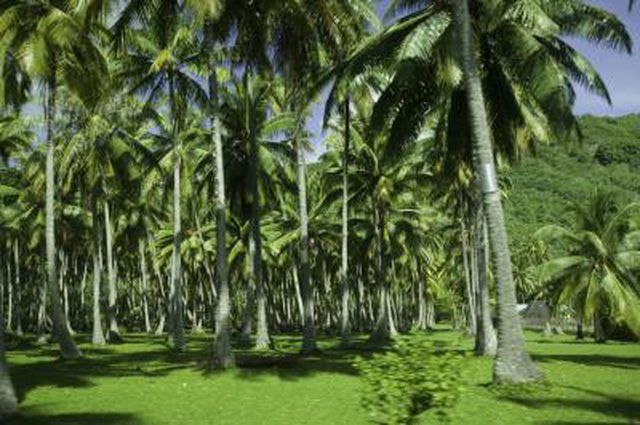Bulbs
Flower Basics
Flower Beds & Specialty Gardens
Flower Garden
Garden Furniture
Garden Gnomes
Garden Seeds
Garden Sheds
Garden Statues
Garden Tools & Supplies
Gardening Basics
Green & Organic
Groundcovers & Vines
Growing Annuals
Growing Basil
Growing Beans
Growing Berries
Growing Blueberries
Growing Cactus
Growing Corn
Growing Cotton
Growing Edibles
Growing Flowers
Growing Garlic
Growing Grapes
Growing Grass
Growing Herbs
Growing Jasmine
Growing Mint
Growing Mushrooms
Orchids
Growing Peanuts
Growing Perennials
Growing Plants
Growing Rosemary
Growing Roses
Growing Strawberries
Growing Sunflowers
Growing Thyme
Growing Tomatoes
Growing Tulips
Growing Vegetables
Herb Basics
Herb Garden
Indoor Growing
Landscaping Basics
Landscaping Patios
Landscaping Plants
Landscaping Shrubs
Landscaping Trees
Landscaping Walks & Pathways
Lawn Basics
Lawn Maintenance
Lawn Mowers
Lawn Ornaments
Lawn Planting
Lawn Tools
Outdoor Growing
Overall Landscape Planning
Pests, Weeds & Problems
Plant Basics
Rock Garden
Rose Garden
Shrubs
Soil
Specialty Gardens
Trees
Vegetable Garden
Yard Maintenance
Primary & Secondary Plant Growth
Primary & Secondary Plant Growth. Primary and secondary growth differ in the parts of the plant involved and the way in which those parts grow. All plants grow primarily. Plants need primary growth to increase in length, growing upward from the ground and extending their roots further into the soil. Only certain types of plants grow secondarily....
Primary and secondary growth differ in the parts of the plant involved and the way in which those parts grow. All plants grow primarily. Plants need primary growth to increase in length, growing upward from the ground and extending their roots further into the soil. Only certain types of plants grow secondarily. Such growth usually occurs in woody plants, such as trees and shrubs, and allows the plant to thicken its stems and branches.

Primary plant growth allows the plant to increase its length. Growth takes place at the meristems, the ends of the plant at which embryonic cell division takes place well into plant maturity. The shoot apical meristems exist at the end of plant shoots while the root apical meristems exist at the end of plant roots.
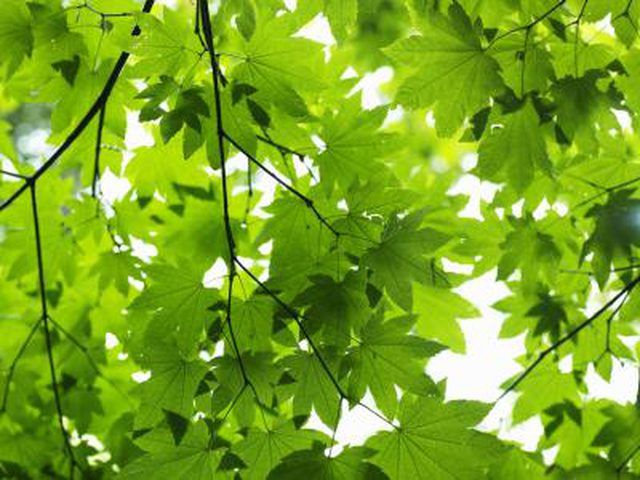
Secondary plant growth allows a plant to increase its girth through lateral meristems. Plants exhibiting secondary growth contain a vascular cambium. The vascular cambium produces xylem cells toward the stem to help transport water to the leaves and phloem cells at the opposing side to help transport sugars down through the plant. Upon maturity, a second lateral meristem site, called the cork cambium, develops. The cork cambium produces plant bark.
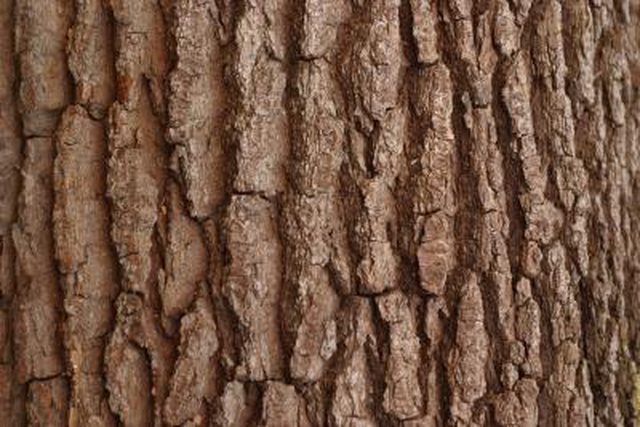
Gymnosperms and dicots produce primary and secondary cell growth. Monocots and dicots both belong to the same category of angiosperms, or fruiting plants. However, dicots exhibit secondary growth at a much higher rate that monocots. "Dicot" is the shortened version of "dicotyledon," so named because it has two cotyledons, or seed leaves. Gymnosperms do not develop fruits, but instead distribute their seeds uncovered—as cones, for example.
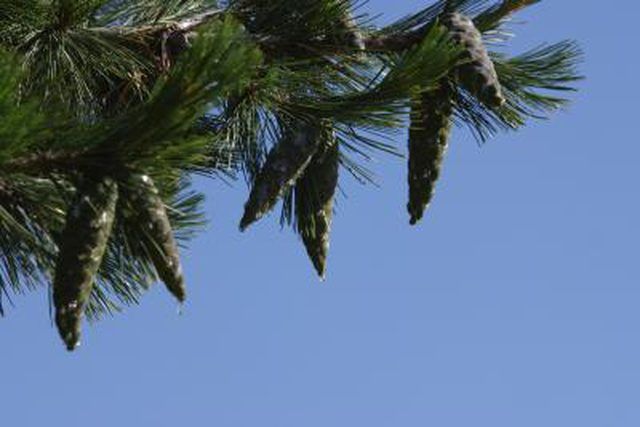
Except in a few special cases, monocots exhibit solely primary growth. "Monocot" is the shortened version of "monocotyledon," so named because its cotyledon, or seed leaf, develops as one single item. Because of their lack of secondary growth, monocot plants never produce woody cell growth.
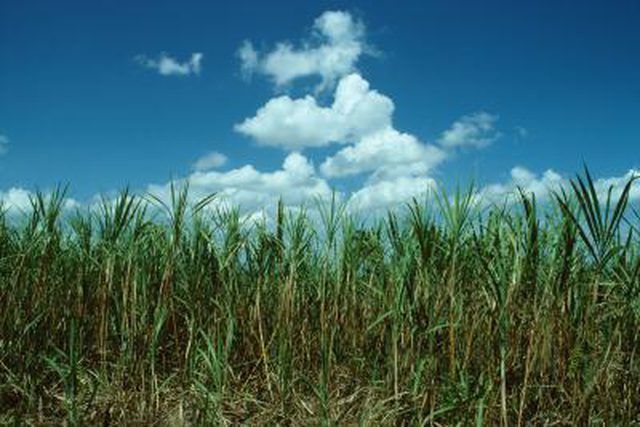
Those monocots that do exhibit secondary growth often do so in a manner anomalous to typical secondary growth using a vascular cambium. Rather than use a vascular cambium to achieve stem girth, plants such as palms will produce large, thickened cells around the base of their stem to provide enhanced support.
